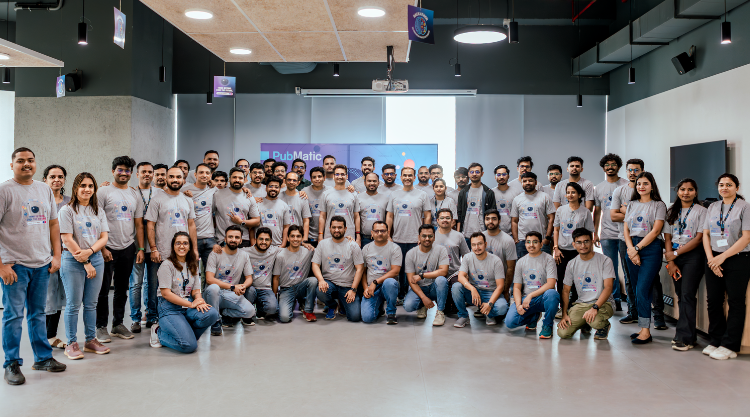By Rob Jonas, Global Chief Revenue Officer
During the last few years, the proliferation of screens and ad formats has added more complexity to the business of advertising sales than anyone could have envisioned. More than half of all visitors to U.S.-based news sites come from mobile devices. The consumption of video content is exploding on all devices. Advertisers are shifting budgets towards native ads because of their effectiveness at driving consumer engagement.
All of these market trends and shifts are happening at the same time that the ad sales market is being automated and brought up to the speed of real-time by programmatic technology.
Many publishers are trying to juggle all of these changes. There’s a seemingly endless stream of point solutions designed to help publishers solve this new world one piece at a time. These individual solutions may offer solutions for managing video inventory, mobile inventory or native inventory but they don’t help publishers grasp the entire picture.
Imagine a stock trader that relied on one piece of software for trading tech company stocks and another for trading financial stocks and yet another for energy company stocks. The ability to manage a stock portfolio holistically would be significantly compromised by these separate views into the market. And it’s hard to imagine that this arrangement wouldn’t compromise overall performance. Yet it can be argued that some publishers are trying to manage their business in a similar way as they attempt to adapt to a quickly changing media landscape.
Managing several technology solutions creates new challenges for publishers that are already struggling to keep ahead of a quickly evolving market. With each new solution comes additional complexity. That complexity involves identifying actual and potential points of failure. It also includes a myriad of integration challenges associated with operating multiple solutions.
With each new point solution that a publisher adopts, there comes a new user interface as well as new reporting and analytics. Managing all of these vendors and partners becomes a full-time job for an operations department. And every hour that is spent on managing the complexity of multiple solutions is an hour not spent on developing strategies to use the technology to drive revenue.
The reality that most publishers face is that even as the media landscape is spliced up into different screens and formats they still need a simple way to manage their business holistically. The best way to do this is to limit the complexity within their organization. Deciding to use one platform to manage programmatic advertising inventory is perhaps the quickest and simplest way publishers can limit that complexity.
And evolved publishers are now recognizing this. From New York to Berlin to Tokyo, over the last 24 months, views have shifted. If asked two years ago: “Do you want multiple best-of-breed, point solutions or a single-platform for all of your requirements”, probably no more than half of publishers would have chosen the latter. Today, our experience tells us that it’s more than three-quarters and rising as publishers look to escape vendor fatigue.
This in turn creates yet more impetus to partner with publisher specific solutions, such as those offered by PubMatic. Exchanges or vendors offering buy- and sell-side solutions do not have the necessary focus to serve all of a publisher’s requirements across multiple platforms, formats and solutions in the way that a company focused on Marketing Automation for Publishers can.
Publishers are making technology decisions for the next five plus years and not in the same way that they would swap out a network or allocate inventory to an exchange. These are strategic technology decisions that require sophisticated, publisher-centric technology solutions that decrease complexity and accelerate their advertising sales revenue.




